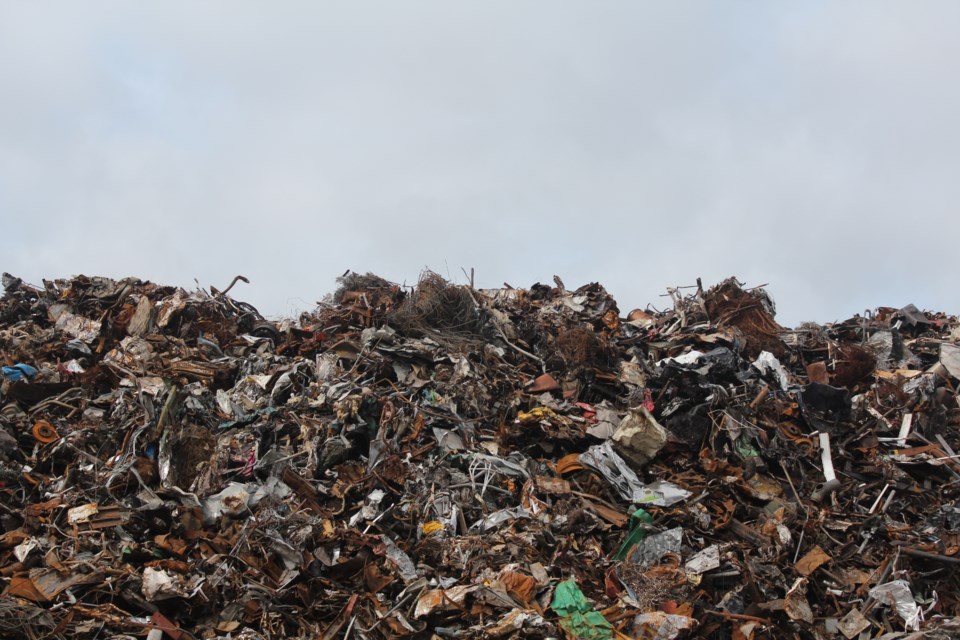About three-quarters of the material in the Squamish landfill shouldn’t be there, according to an audit by the Tetra Tech, commissioned by the District of Squamish.
It’s a shocking statistic, but it illustrates the fact that our town has a problem when it comes to recycling.
Here's another statistic, Recycle BC found that our curbside contamination rate is significantly higher than other communities.
About 16 per cent of the material in we put out in our blue bins shouldn’t be there. Other communities average at 9.3 per cent. The ideal is three per cent.
It’s a sobering reminder that we need to start to be more aware of what we put in our blue bins.
Mayor Karen Elliott told The Chief that one contributing factor is that technology is changing quite rapidly.
This means that items that were previously unrecyclable may actually not be destined for the landfill anymore.
We also have a lot of people moving in from different communities. Not every place is able to process recycling materials the same way, so it’s good to check the District page to make sure you’re aware of the differences.
On a personal note, in all the places I’ve lived, glass was an item you could toss in the blue bin. In Squamish, I was surprised to learn that it had to be deposited in person at the recycling depot.
Apparently, I wasn’t the only one who thought this — glass was highlighted as one of the main sources of contamination for curbside pickups.
Recycling also can’t be bagged here — regulations forbid sorters from opening them up, so bags of recyclables end up tossed in with the trash.
But it’s not just residents who have to start doing better.
About 80 per cent of the landfill waste actually comes from institutional, commercial and industrial customers.
This includes restaurants, grocery stores, construction sites, and multi-family complexes.
It’s important that the people in these areas also start becoming more aware.
As of now, the District is considering adding a $42,000 part-time staffer who would help educate people on recycling best practices.
District spokesperson Christina Moore said that this staffer’s goal would be to work with restaurants, grocery stores and other institutional, commercial and industrial customers, including construction sites, as well as multi-family complexes.
Ideally, this would help develop recycling and composting programs that would stop items from going to the landfill.
But if push comes to shove, this staffer has the ability to hand out fines.
Let’s hope it doesn’t come to that.



